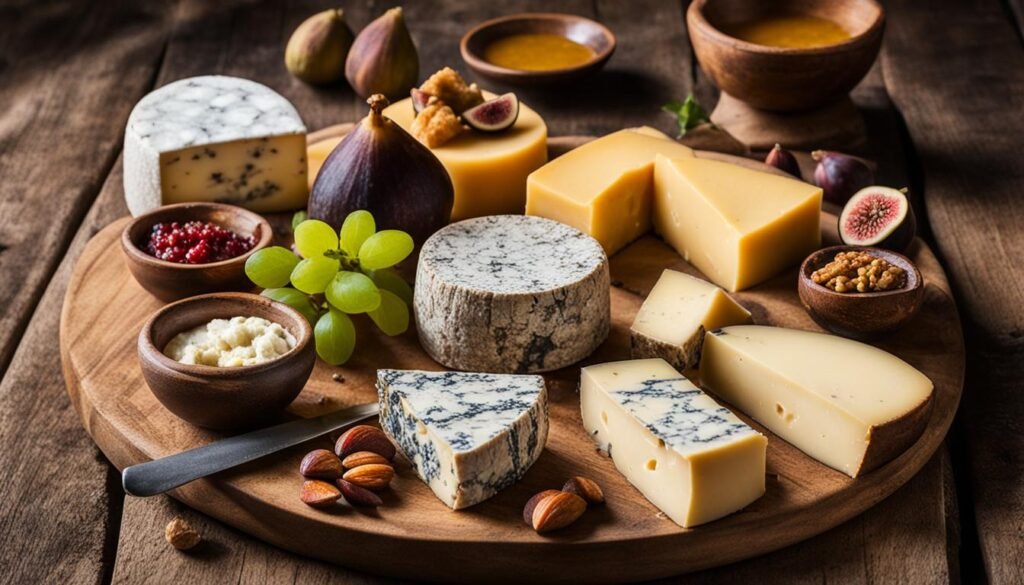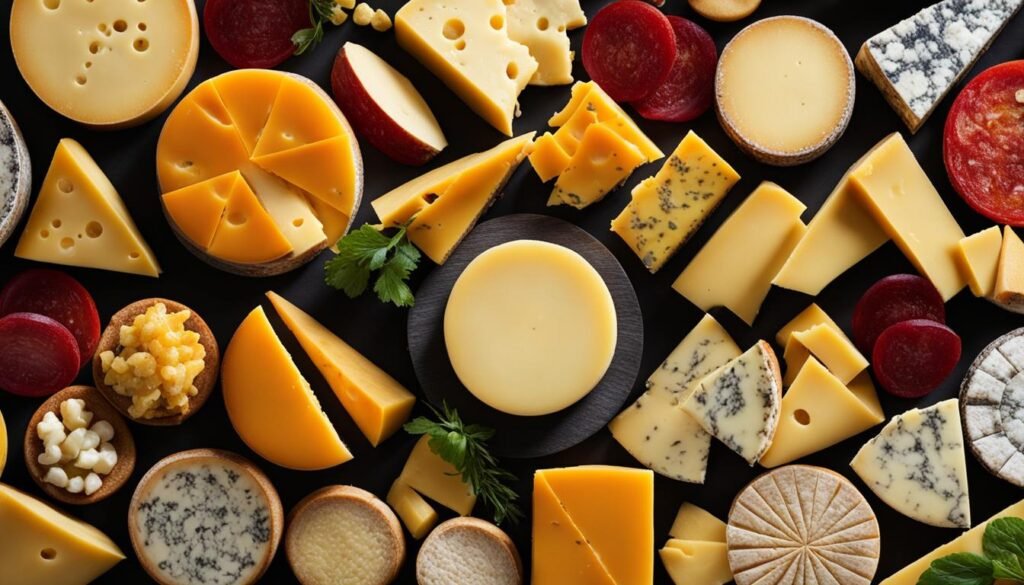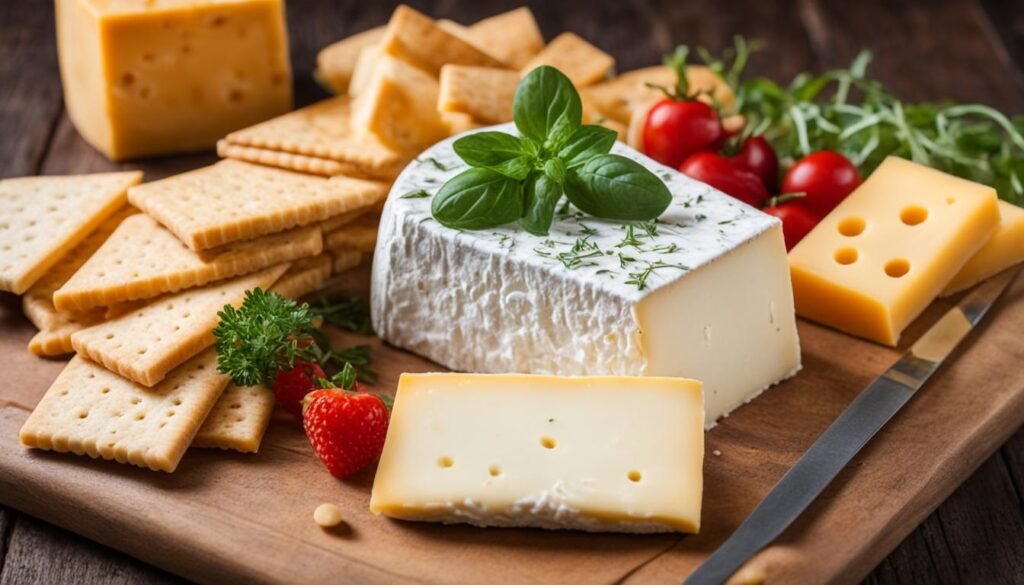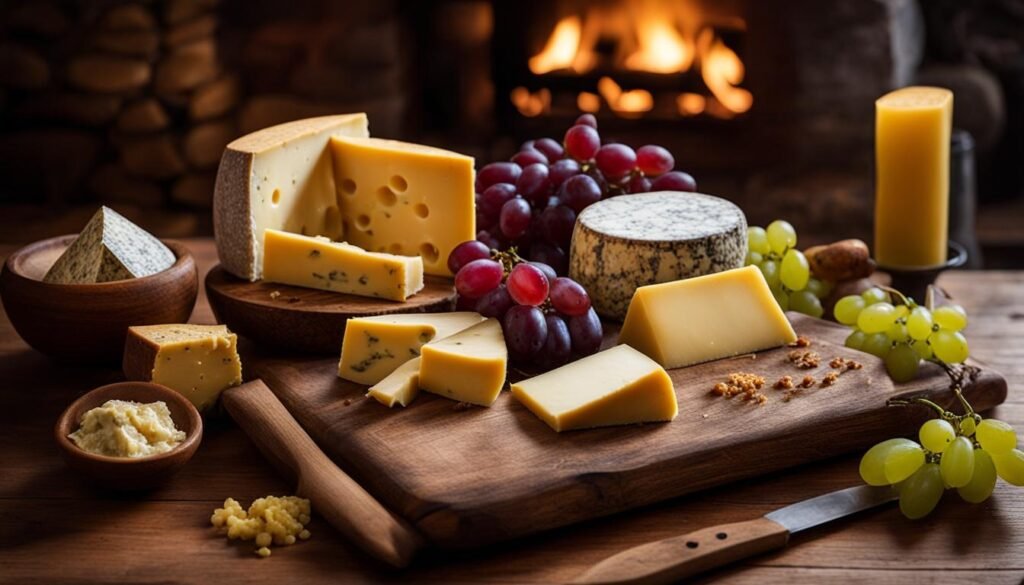Countries

The World of Cheese: A Global Perspective
In every corner of the globe, cheese serves as a testament to cultural diversity and culinary ingenuity. From the rolling hills of France to the rustic farms of Wisconsin, cheese is not just a food item; it’s a piece of history, a work of art, and a bridge connecting diverse cultures. Its myriad forms—soft and creamy, hard and pungent, or rich and nutty—reflect the environment and traditions of their origins. This article embarks on a journey through the world of cheese, exploring its ancient roots, the art of its creation, and its place in various cultures around the world.
The Historical Journey of Cheese
Early Beginnings and Ancient Cheese Making
The history of cheese is as rich and varied as its flavors. Archaeological evidence suggests that cheese production dates back over 7,000 years. In ancient Mesopotamia and Egypt, rudimentary cheese-making techniques involved souring milk and then curdling it using a variety of methods, including the use of acidic substances like lemon juice. In these early times, cheese was valued for its extended shelf life and portability, making it a staple for traveling merchants and soldiers.
Cheese in the Middle Ages and Renaissance
During the Middle Ages, cheese-making techniques evolved and diversified, particularly within European monasteries. Monks became adept at crafting unique cheeses as a means of self-sufficiency, and many of these varieties—like Gouda and Roquefort—have endured to this day. The Renaissance period further refined cheese-making techniques, paving the way for a more systematic approach to aging and flavor development.
The Art of Cheese Making
Understanding the Basics
The fundamental process of cheese making begins with milk, primarily from cows, goats, sheep, or buffalo. The milk is first curdled by adding rennet or an acidic substance, causing it to separate into curds (solid) and whey (liquid). The curds, which contain the fat and protein, are then cut, cooked, and often pressed to expel excess whey. The final step, aging or ripening, develops the cheese’s flavor and texture over time.
The Role of Geography and Climate
Cheese varieties are deeply influenced by their geographical origins. The local environment, including flora, climate, and the diet of the milk-producing animals, imparts distinct characteristics to the cheese. For example, the lush, grassy fields of Normandy give rise to creamy Camembert, while the alpine pastures of Switzerland are home to the nutty-flavored Gruyère.
In this section you can learn more about cheese varieties from all around the globe. Follow us on this tasty journey!











